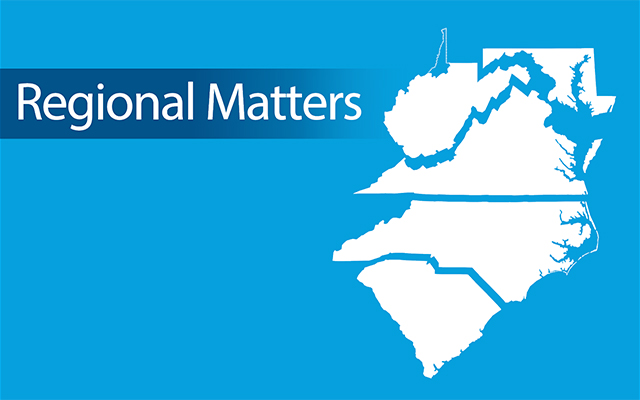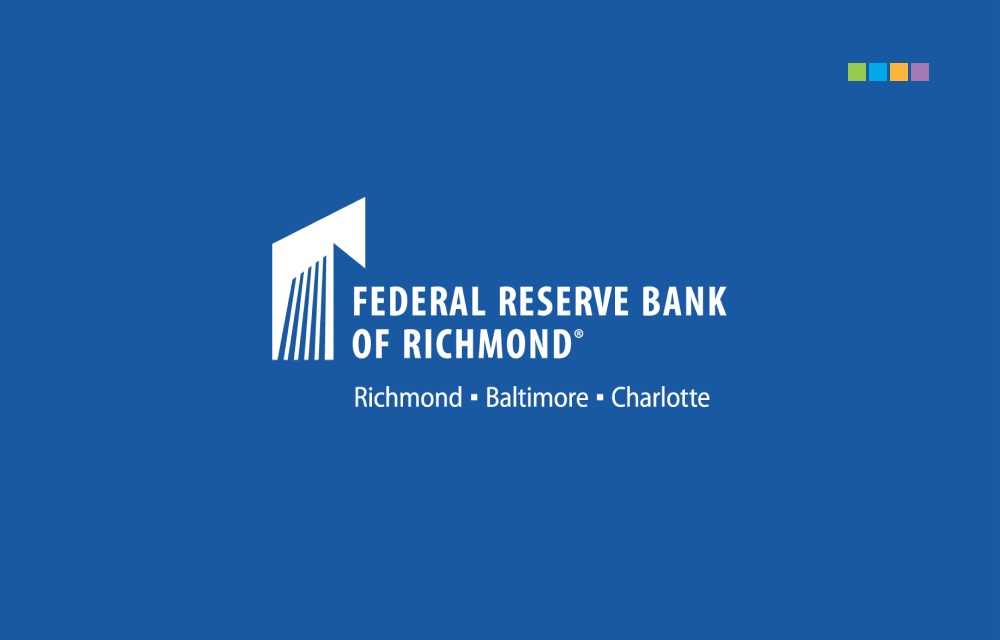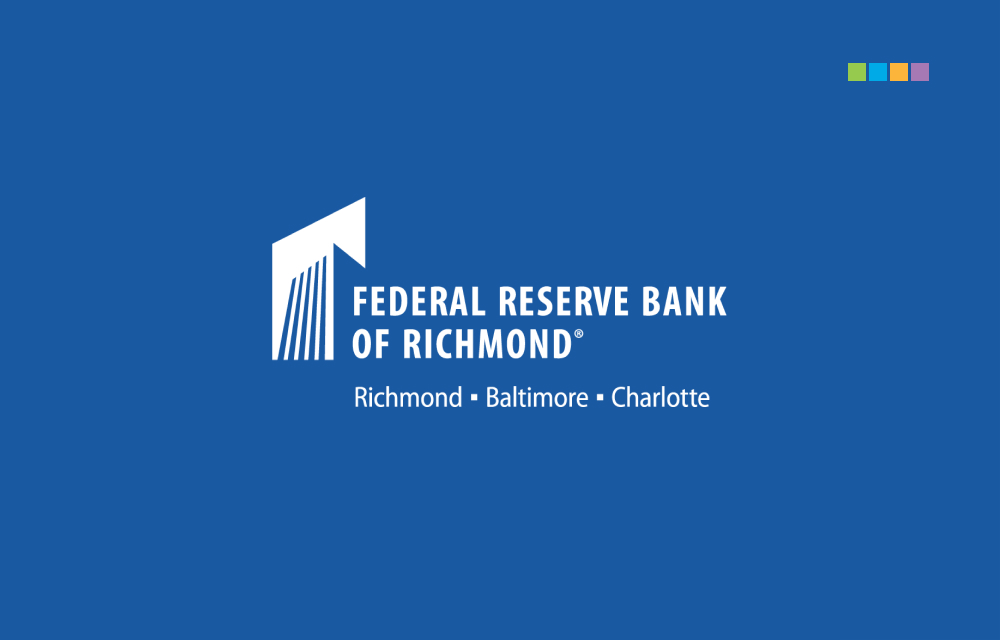## Feeling the Squeeze: How Tariffs are Shaking Up Rural America
The shiny skyscrapers and bustling cityscapes often steal the spotlight when we talk about the economy. But what about the heartland, where farms stretch as far as the eye can see and small businesses are the lifeblood of the community? A new report from the Federal Reserve Bank of Richmond shines a light on the often-overlooked impact of tariffs on rural businesses, revealing a story that’s anything but idyllic.

Navigating the Tariff Environment

As a rural business owner, navigating the complex and ever-changing landscape of tariffs can be a daunting task. With the constant flux of new tariffs and trade policies, it’s essential to stay informed and adapt to the changing environment. In this section, we’ll explore strategies for mitigating tariff impacts, government support and resources, and building resilience in a tariff-ridden environment.

Strategies for Mitigating Tariff Impacts: What Rural Businesses Can Do
According to a recent survey conducted by the Federal Reserve Bank of Richmond, rural businesses are taking various measures to mitigate the impacts of tariffs. Some of these strategies include:
- Diversifying supply chains: By sourcing materials from multiple suppliers, rural businesses can reduce their reliance on a single supplier and minimize the impact of tariffs.
- Increasing prices: Many rural businesses are passing on the costs of tariffs to their customers, which can help maintain profit margins.
- Improving efficiency: By streamlining operations and reducing waste, rural businesses can offset the costs of tariffs and maintain competitiveness.
- Trade Adjustment Assistance (TAA): This program provides financial assistance to rural businesses affected by trade agreements, including tariffs.
- Small Business Administration (SBA) Loans: The SBA offers various loan programs to help rural businesses access capital and mitigate the impacts of tariffs.
- USDA Rural Development Grants: The USDA offers grants to support rural businesses and communities affected by tariffs.
- Diversifying products and services: By offering a range of products and services, rural businesses can reduce their reliance on a single market and minimize the impact of tariffs.
- Investing in technology: By leveraging technology, rural businesses can improve efficiency, reduce costs, and maintain competitiveness.
- Developing strategic partnerships: By forming partnerships with suppliers, customers, and other businesses, rural businesses can build resilience and mitigate the impacts of tariffs.
These strategies can help rural businesses navigate the tariff environment, but it’s essential to stay informed and adapt to changing circumstances.

Government Support and Resources: What’s Available to Rural Businesses
The government offers various resources and support to help rural businesses navigate the tariff environment. Some of these resources include:
These resources can provide vital support to rural businesses, but it’s essential to stay informed and take advantage of available resources.

Building Resilience: How Rural Businesses Can Thrive in a Tariff-Ridden Environment
Building resilience is critical for rural businesses to thrive in a tariff-ridden environment. This can be achieved by:
By building resilience, rural businesses can thrive in a tariff-ridden environment and maintain long-term success.
Industry-Specific Impacts
The impacts of tariffs vary across industries, with some sectors facing more significant challenges than others. In this section, we’ll explore the industry-specific impacts of tariffs on rural businesses.
Agriculture and Manufacturing: How Tariffs Affect These Key Rural Industries
Agriculture and manufacturing are two of the most significant industries in rural areas, and both have been heavily impacted by tariffs. According to a recent survey, 70% of agricultural businesses and 60% of manufacturing businesses reported being affected by tariffs.
The impacts of tariffs on agriculture include:
- Reduced exports: Tariffs on agricultural products have reduced exports and impacted farm incomes.
- Increased costs: Tariffs on imported inputs, such as fertilizers and equipment, have increased costs for farmers.
- Market disruption: Tariffs have disrupted markets and led to price volatility, making it challenging for farmers to plan and budget.
- Reduced competitiveness: Tariffs on imported inputs have increased costs and reduced competitiveness for manufacturers.
- Supply chain disruption: Tariffs have disrupted supply chains, leading to delays and increased costs.
- Reduced investment: Tariffs have reduced investment in manufacturing, as businesses are hesitant to invest in an uncertain environment.
- Reduced demand: Tariffs have reduced demand for services, such as tourism and hospitality, as consumers are less likely to travel or spend money.
- Increased costs: Tariffs on imported inputs, such as technology and equipment, have increased costs for service-based businesses.
- Reduced competitiveness: Tariffs have reduced competitiveness for service-based businesses, making it challenging to attract customers and clients.
- Reduced investment: Tariffs have reduced investment in emerging industries, as investors are hesitant to invest in an uncertain environment.
- Increased costs: Tariffs on imported inputs, such as technology and equipment, have increased costs for emerging industries.
- Reduced competitiveness: Tariffs have reduced competitiveness for emerging industries, making it challenging to attract customers and clients.
Similarly, the impacts of tariffs on manufacturing include:
Service-Based Industries: The Hidden Impacts of Tariffs on Rural Services
While tariffs have a more significant impact on agriculture and manufacturing, service-based industries are also affected. According to a recent survey, 40% of service-based businesses reported being impacted by tariffs.
The impacts of tariffs on service-based industries include:
Emerging Industries: How Tariffs Affect New and Growing Rural Businesses
Emerging industries, such as renewable energy and technology, are also impacted by tariffs. According to a recent survey, 30% of emerging industries reported being affected by tariffs.
The impacts of tariffs on emerging industries include:
The Broader Implications
The impacts of tariffs extend beyond individual businesses and industries, affecting the broader rural economy and communities. In this section, we’ll explore the broader implications of tariffs on rural development, community impacts, and policy recommendations.
Trade Policy and Rural Development: The Long-Term Consequences of Tariffs
Tariffs have significant long-term consequences for rural development. According to a recent study, tariffs can lead to:
- Reduced economic growth: Tariffs can reduce economic growth by increasing costs and reducing competitiveness.
- Increased poverty: Tariffs can increase poverty by reducing employment opportunities and incomes.
- Reduced investment: Tariffs can reduce investment in rural areas, as investors are hesitant to invest in an uncertain environment.
- Reduced access to goods and services: Tariffs can reduce access to goods and services, making it challenging for rural residents to access essential products.
- Increased costs: Tariffs can increase costs for rural residents, making it challenging to afford basic necessities.
- Reduced quality of life: Tariffs can reduce quality of life by reducing access to recreational activities and community events.
- Provide targeted support: Policymakers can provide targeted support to rural businesses affected by tariffs, such as financial assistance and technical support.
- Improve trade agreements: Policymakers can improve trade agreements to reduce tariffs and increase access to foreign markets.
- Invest in rural development: Policymakers can invest in rural development, such as infrastructure and education, to support rural businesses and communities.
These consequences can have a lasting impact on rural development and communities.
Community Impacts: How Tariffs Affect Rural Communities and Quality of Life
Tariffs also have significant impacts on rural communities and quality of life. According to a recent survey, 60% of rural residents reported being impacted by tariffs.
The impacts of tariffs on rural communities include:
Policy Recommendations: What Can Be Done to Support Rural Businesses in a Tariff-Heavy Environment
To support rural businesses in a tariff-heavy environment, policymakers can take several steps:
By taking these steps, policymakers can help support rural businesses and communities in a tariff-heavy environment.
Conclusion
Conclusion: Navigating the Complex Landscape of Tariffs and Rural Businesses
The article has delved into the intricacies of tariffs and their far-reaching impacts on rural businesses, drawing insights from the Federal Reserve Bank of Richmond’s business surveys. Key takeaways include the devastating effects of tariffs on supply chains, increased costs, and diminished competitiveness. Rural businesses, in particular, have borne the brunt of these disruptions, with many reporting reduced sales, stockpiling, and even business closures. Moreover, the article has highlighted the challenges faced by these businesses in adapting to the rapidly changing trade landscape, where policies can shift on a whim.
The significance of this topic cannot be overstated, as the ripple effects of tariffs can be felt across entire communities, from farmers to small-town entrepreneurs. The implications are profound, with rural businesses contributing significantly to the nation’s economic growth and job creation. As we look to the future, it is imperative that policymakers, business leaders, and economic stakeholders work together to create a more sustainable and resilient trade framework that protects the interests of rural businesses. This requires a nuanced understanding of the complex relationships between trade, commerce, and community.
As we navigate the treacherous waters of trade policy, one thing is clear: rural businesses will continue to be at the forefront of this struggle. Will we find a way to craft a more inclusive and equitable trade policy that empowers these businesses to thrive, or will we continue to perpetuate a system that prioritizes short-term gains over long-term prosperity? The choice is ours, and the fate of rural America hangs in the balance. It’s time to redefine the narrative of trade and commerce, putting the interests of rural businesses at the forefront of our economic agenda.
